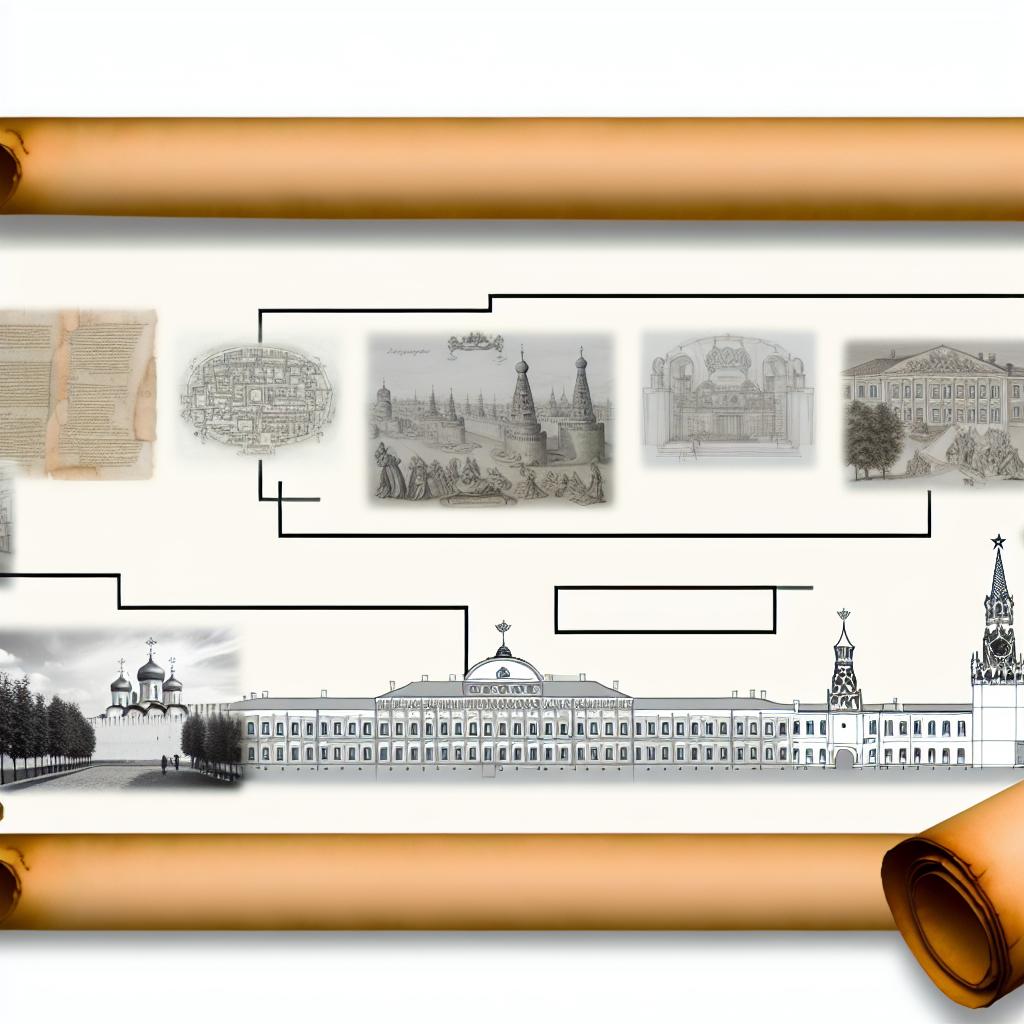Contents
The Kremlin’s State Houses: A Political History
The Moscow Kremlin, an iconic symbol of Russian political power, has been the center of authority for centuries. This historic fortress complex not only serves as the official residence of the President of Russia but also hosts a collection of state houses that have played pivotal roles throughout Russian history. Understanding the evolution and significance of these state houses provides insight into Russia’s complex political landscape.
Origins and Development
The Kremlin’s roots can be traced back to the 12th century when it was a modest wooden fort situated in a strategic location at the confluence of the Moskva and Neglinnaya Rivers. Over time, it underwent several reconstructions and expansions, prompted by the growing needs of the ruling authorities and external threats. This transformation from a wooden fort into a fortified complex symbolizes the strength and power of the Russian state itself.
As centuries passed, the Kremlin’s expansion continued. By the 15th century, under the rule of Ivan III, also known as Ivan the Great, the Kremlin had begun to evolve into the form that we recognize today. This transformation included the construction of stone walls and a number of regal structures designed to reflect the ambitions of a nation emerging as a major European power. The architectural development of the Kremlin during this period was heavily influenced by Italian architects, who were commissioned to bring their expertise to Moscow and help construct fortified walls, cathedrals, and palaces that symbolized authority and resilience.
The Grand Kremlin Palace
The Grand Kremlin Palace, designed in the 19th century, was a major addition commissioned by Tsar Nicholas I to reflect the burgeoning might of imperial Russia. Its construction began in 1837 and was completed in 1849. It served as the principal residence of the Russian tsars when they were in Moscow and has been described as an architectural masterpiece, which harmoniously integrates several architectural styles.
The palace combines elements of Russian Revival architecture with Byzantine influences, and it incorporates older sections of the Kremlin complex, such as the Terem Palace and the older parts of the Patriarch Palace, thus creating a living museum of Russian architectural and cultural heritage. Today, while the Grand Kremlin Palace serves as the official residence of the President, its halls are used for state events and ceremonies, continuing its role as a representation of the Russian state’s enduring history.
The Senate Building
Constructed in the late 18th century, the Senate Building was initially built to serve as the meeting place for the highest legislative councils of Russia. Designed by renowned architect Matvey Kazakov, this building now houses the presidential administration. This imposing neoclassical structure was a testament to the Enlightenment ideas making their way into Russian political life.
The Senate Building signifies the centralization of political power in Russia, and it has been the site where numerous significant political decisions were made. Kazakov’s design strategically emphasized openness and transparency, ideals that reflected the progressive aspirations of late 18th-century Russia. However, the reality within its walls involved decisions that reinforced autocracy more than fostering democracy—an irony not lost on historians today.
Amidst the 20th Century Upheavals
The 20th century marked periods of revolutionary change and intense political upheaval. During the Soviet era, the Kremlin stood as the fortified epicenter of communist power. State houses such as the Palace of Facets, originally constructed in the 15th century, were adapted for modern governmental purposes. This building hosted significant political events and saw historic meetings with foreign dignitaries, underscoring its continued importance in Russia’s political theater.
The Palace of Facets, with its grand halls and detailed frescoes, became a fitting site for ideological battles and policy formulation—an evolution from royal to revolutionary use. It was within the Kremlin’s fortified walls that Stalin and later Soviet leaders made decisions that would affect not only Russia but the entire world during the Cold War.
Post-Soviet Transition
The dissolution of the Soviet Union in 1991 marked another transformation for the Kremlin and its state houses. This period of transition symbolized a critical evolution in Russian statehood, shifting from a communist regime to a newly formed Russian Federation. The state houses within the Kremlin were repurposed to meet the administrative and ceremonial needs of a modern state apparatus.
This transition under the leadership of figures such as Boris Yeltsin underscored a departure from centralized power, although ironically, new centralizations emerged over time. The authority the Kremlin represents today is a complex blend of tradition and modern politics, retaining its historic grandeur while being carefully tailored to the requirements of a modern republic. The adaptations reflect Russia’s cyclical embrace and distancing from Western political ideals.
Current Role and Significance
Today, the Kremlin and its state houses remain central to Russian political life. They serve as the venues for presidential inaugurations, high-profile state banquets, and crucial diplomatic negotiations. The architectural grandeur of the buildings and the activities that transpire within them continuously serve as reminders of the continuity of Russian political life alongside the perpetual ideological shifts.
The Kremlin’s state houses offer a window into Russia’s extensive political evolution. From the age of the tsars, through the tumult of Soviet communism, and into the modern-day republic, these buildings have adapted to each era’s demands. Yet, they remain enduring symbols of Russian statehood and authority, reminding us that the past is never far from the present in Moscow.
For a deeper exploration of the Kremlin’s complex history and the storied developments within its walls, one can delve into extensive resources available through the Kremlin Museum’s official website.

